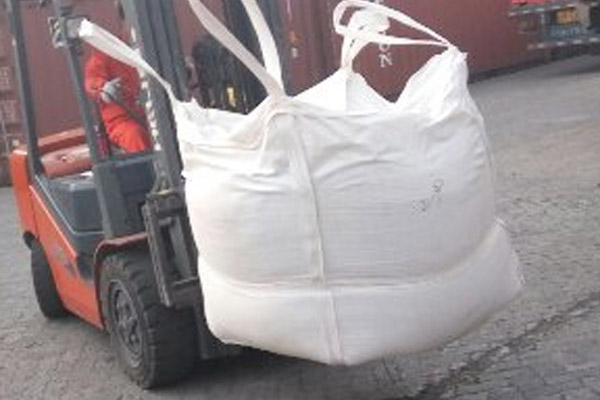What Is the Refractory Binder, and What Are the Binding Forms and their Characteristics of Commonly
(2022年03月25日)https://www.csacement.com/products/low-alkalinity-calcium-sulphoaluminate-cement.html
What Is CSE Cement
Refractory binder refers to the material that can cement the refractory aggregate (aggregate and powder) composed of a certain degree of granularity and produce sufficient bonding strength at room temperature or high temperature, so it is also called a cementing agent or adhesive.
The commonly used refractory binders are calcium aluminate cement, sodium silicate, phosphoric acid and phosphate, lignosulfite, phenolic resin, asphalt, silica sol, cellulose, ethyl silicate, ρ-Al2O3, aluminum sulfate and chloride, sulphoaluminate cement, etc..
(1) Hydraulic bond—the bond happens by means of the hydration reaction of binders with water at room temperature and forming hydration products.
(2) Chemical bond— the bond happens by means of the chemical reaction between binders and hardeners, between binders and refractory materials at room temperature, or a chemical reaction under heating and forming the compounds with bond functions.
(3) Polymerization bond—the binding strength is formed by the polycondensation of the binder into a network structure by means of adding a catalyst or cross-linking agent.
(4) Ceramic bond — it refers to low-temperature sintering bonds, that is, adding additives or metal powders that can reduce the sintering temperature in loose refractories to greatly reduce the temperature at which the liquid phase appears and promote solid-liquid reaction at low temperature to make the bond happen.
(5) Adhesive bond — the bond happens by means of one of the following physical actions.
•Physical adsorption: The bond depends on the interaction between the molecules—the Van der Waals' force.
•Diffusion: Under the thermal motion of substance molecules, the binder and the molecules of the bonded object interact with each other to form a diffusion layer, thus forming a firm bond.
•Electrostatic interaction: There exists a double electrical layer at the interface between the binder and the bonded object, and the bond happens by means of the electrostatic gravitation of the double electrical layer.
(6) Coagulation bond—the bond happens by means of the coagulation of microparticles (colloidal particles) by adding polycoagulant.
- このできごとのURL:



コメント